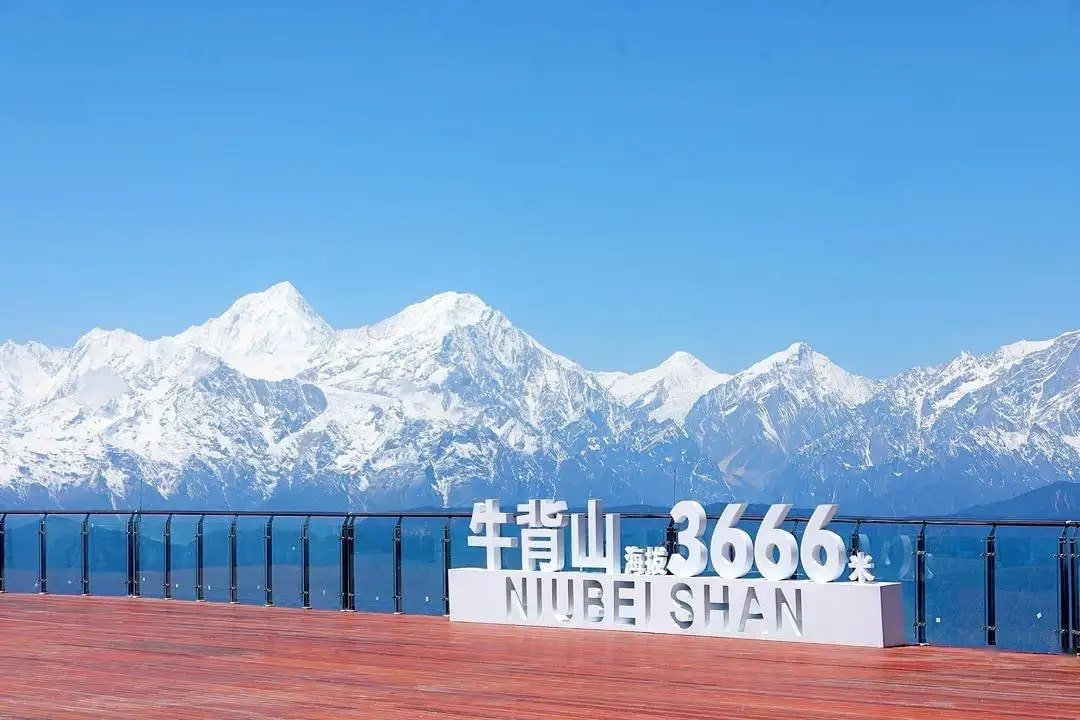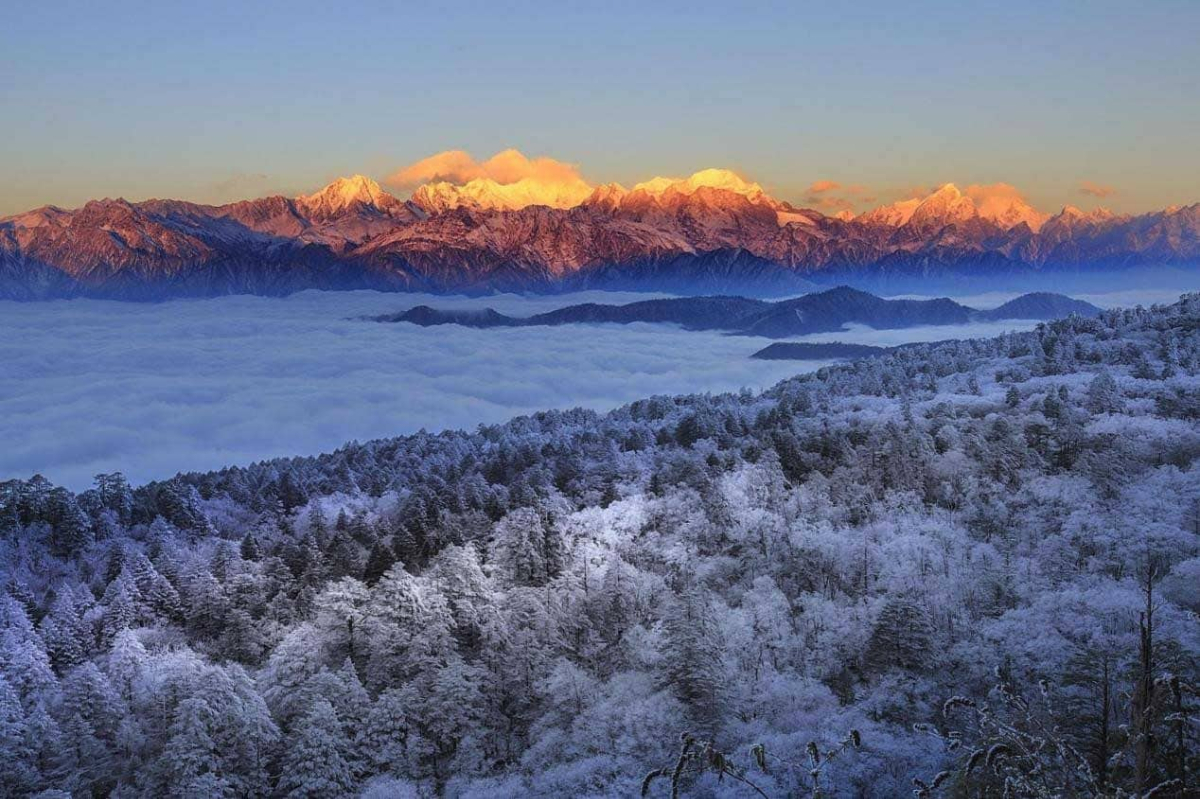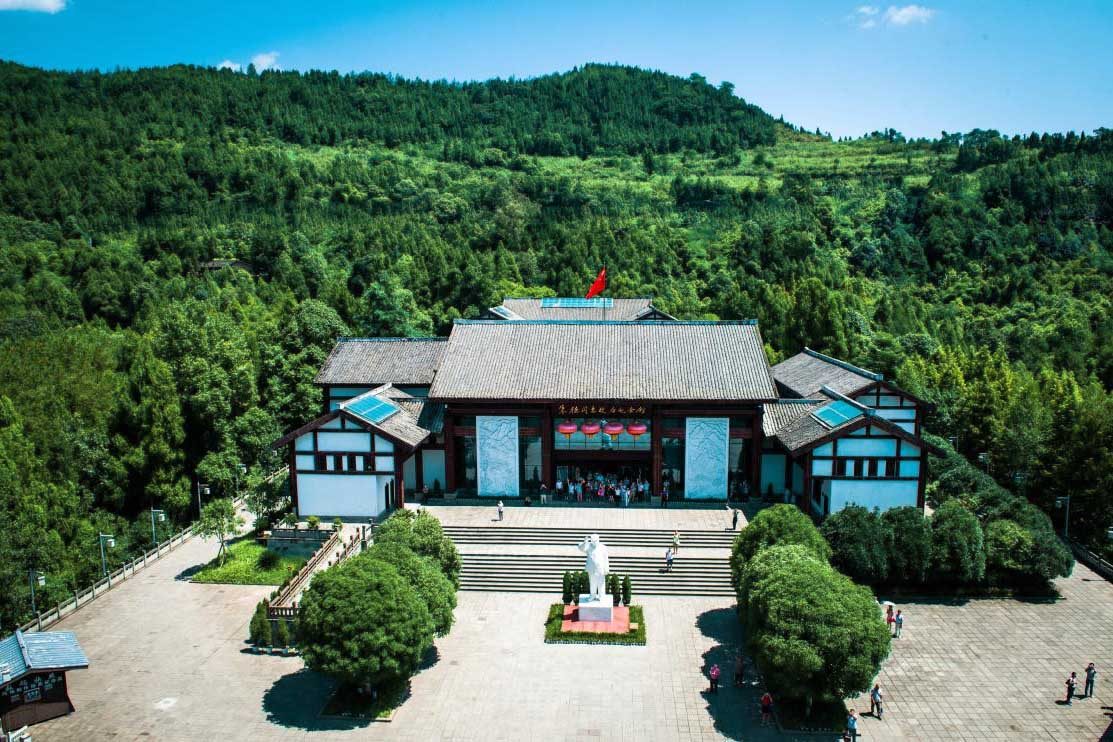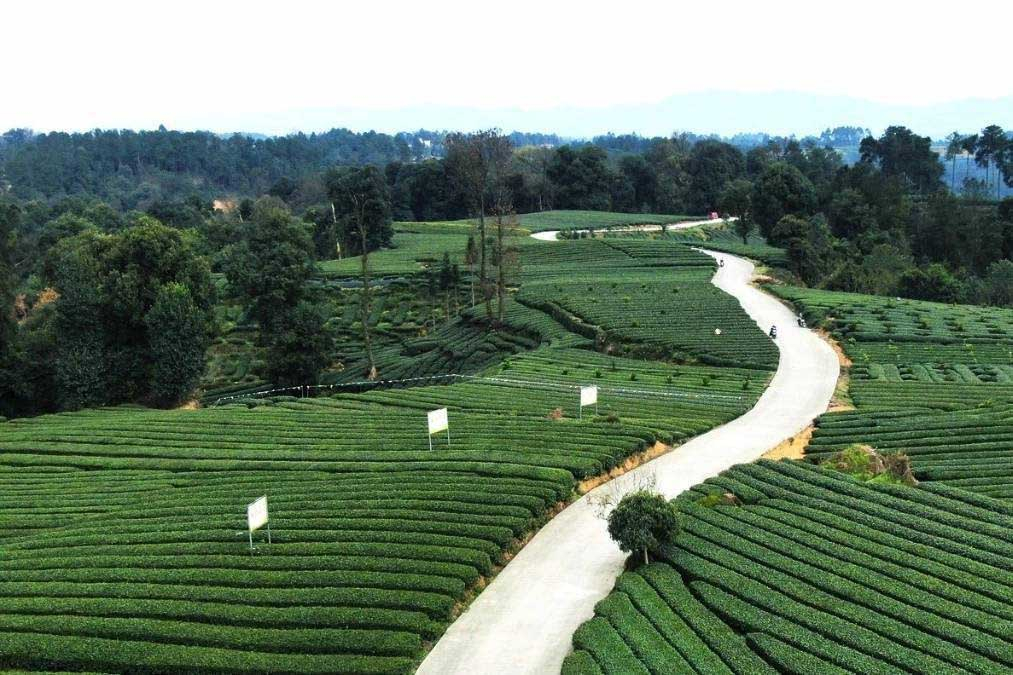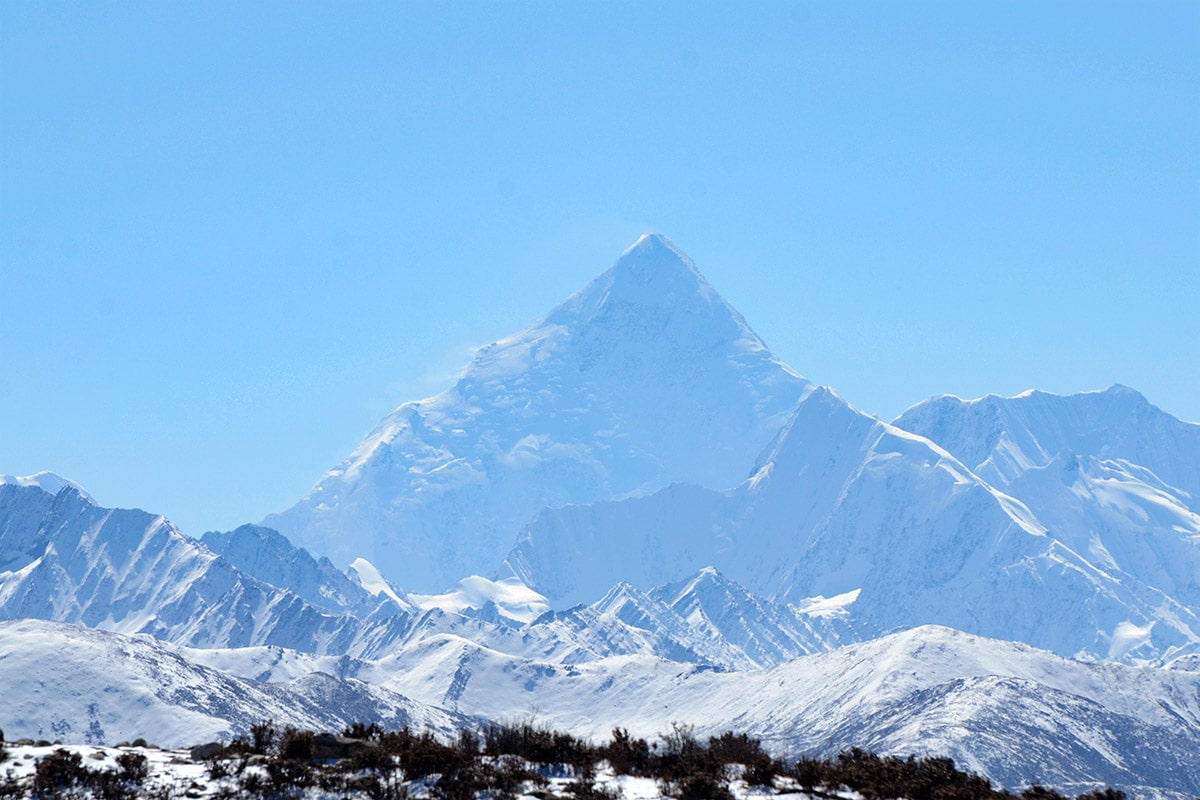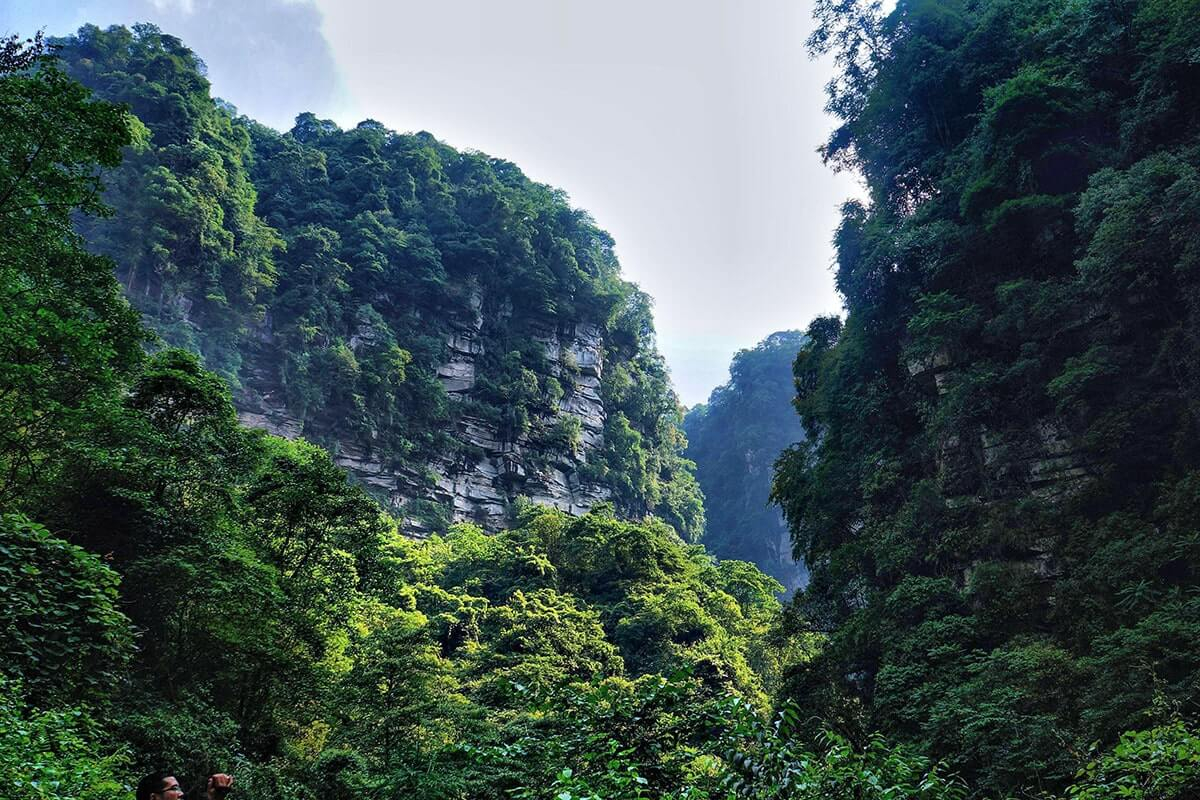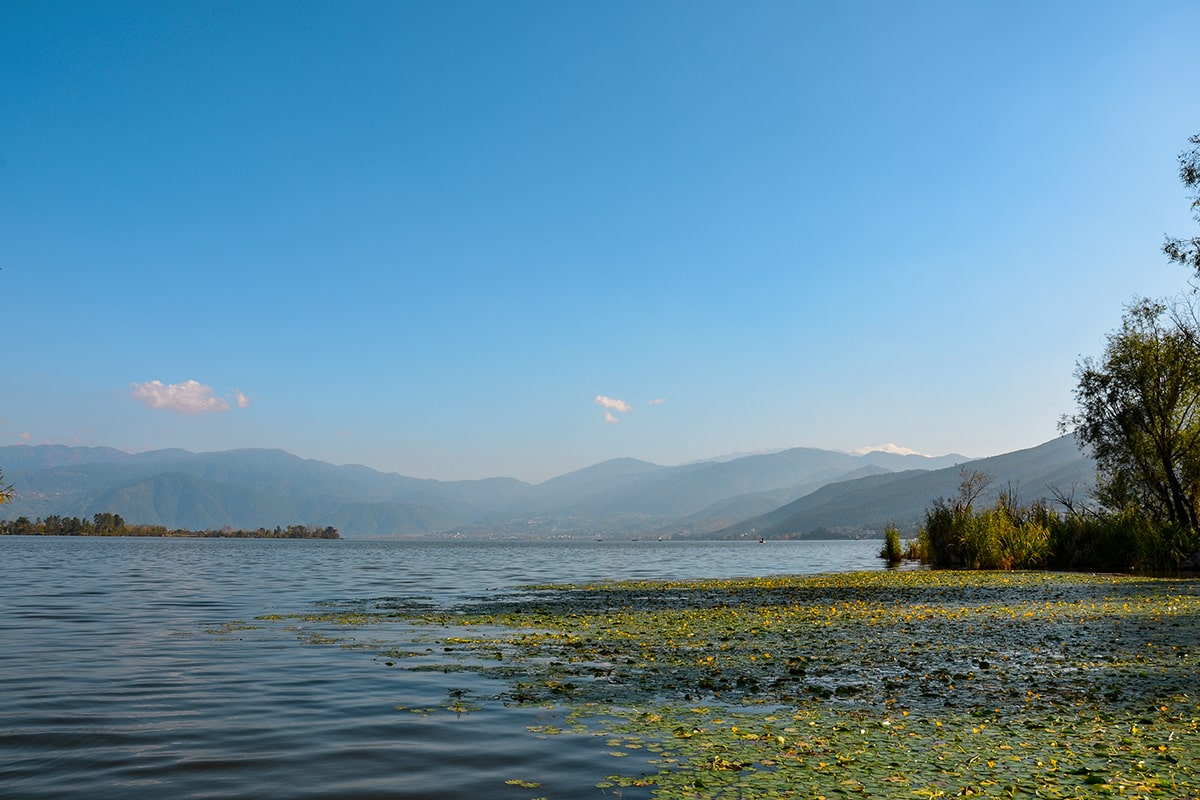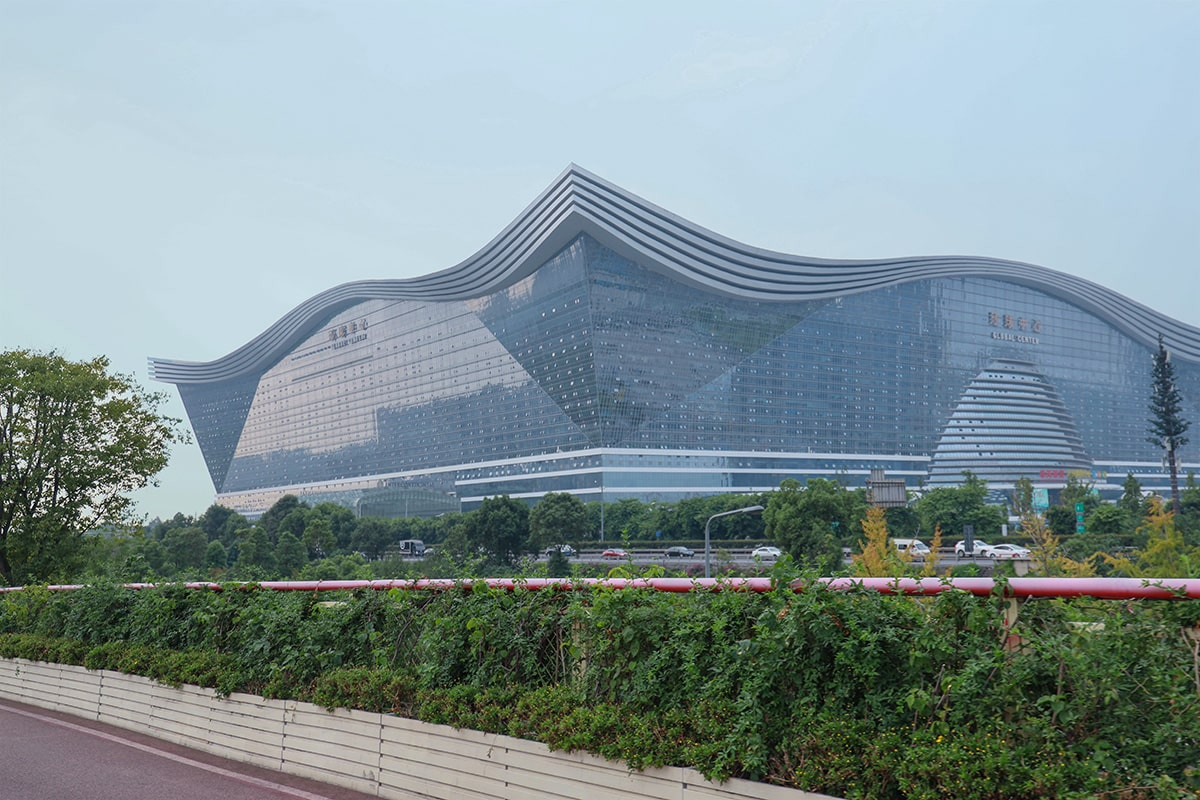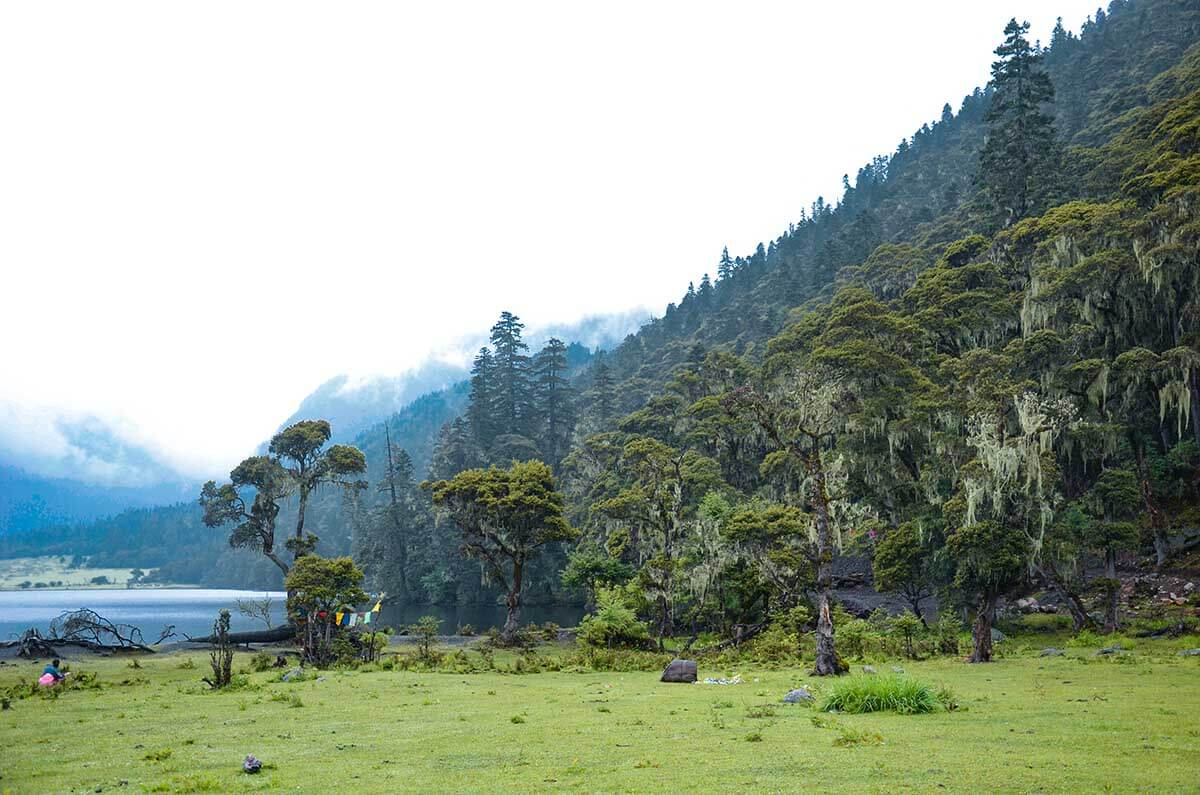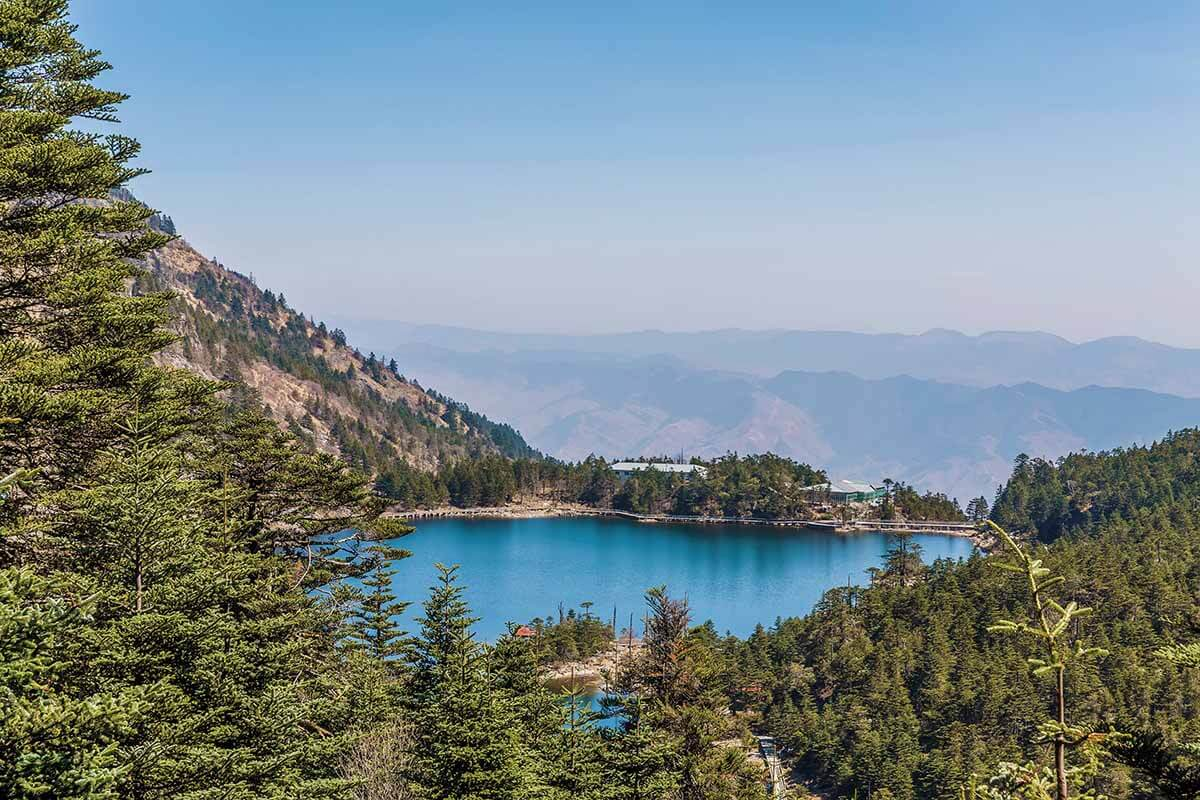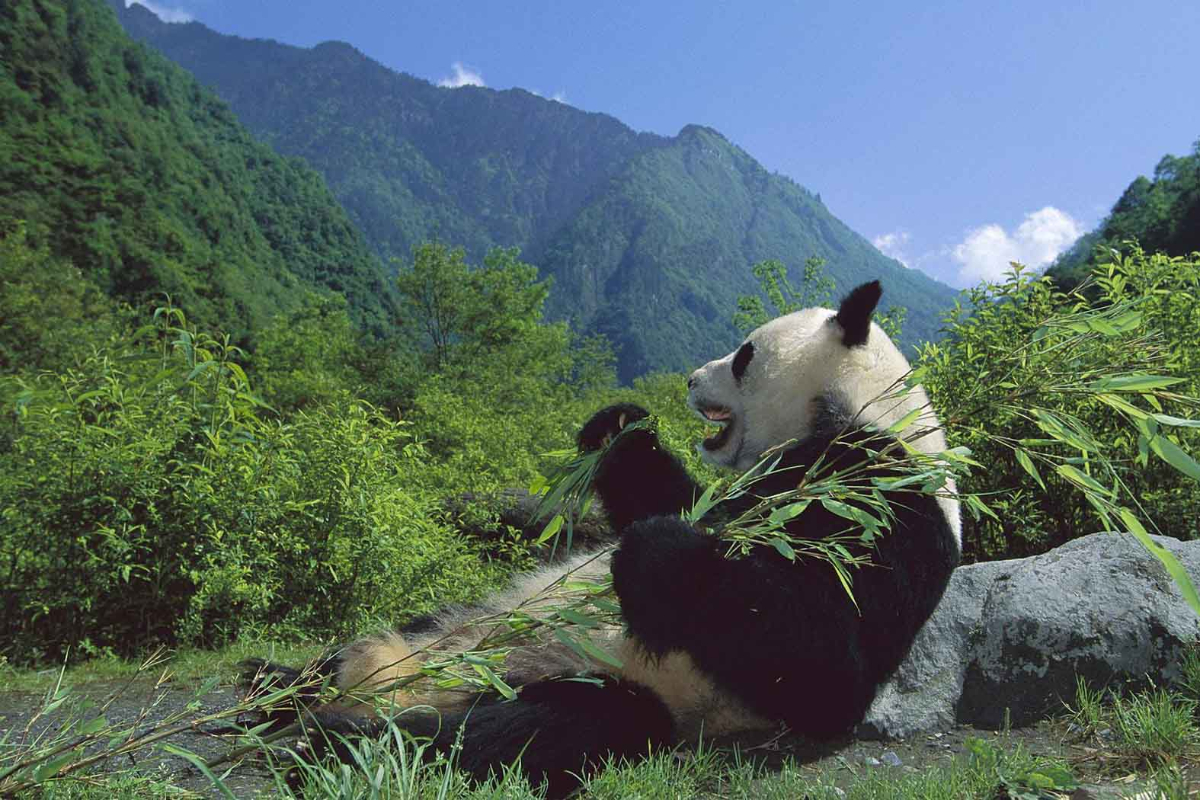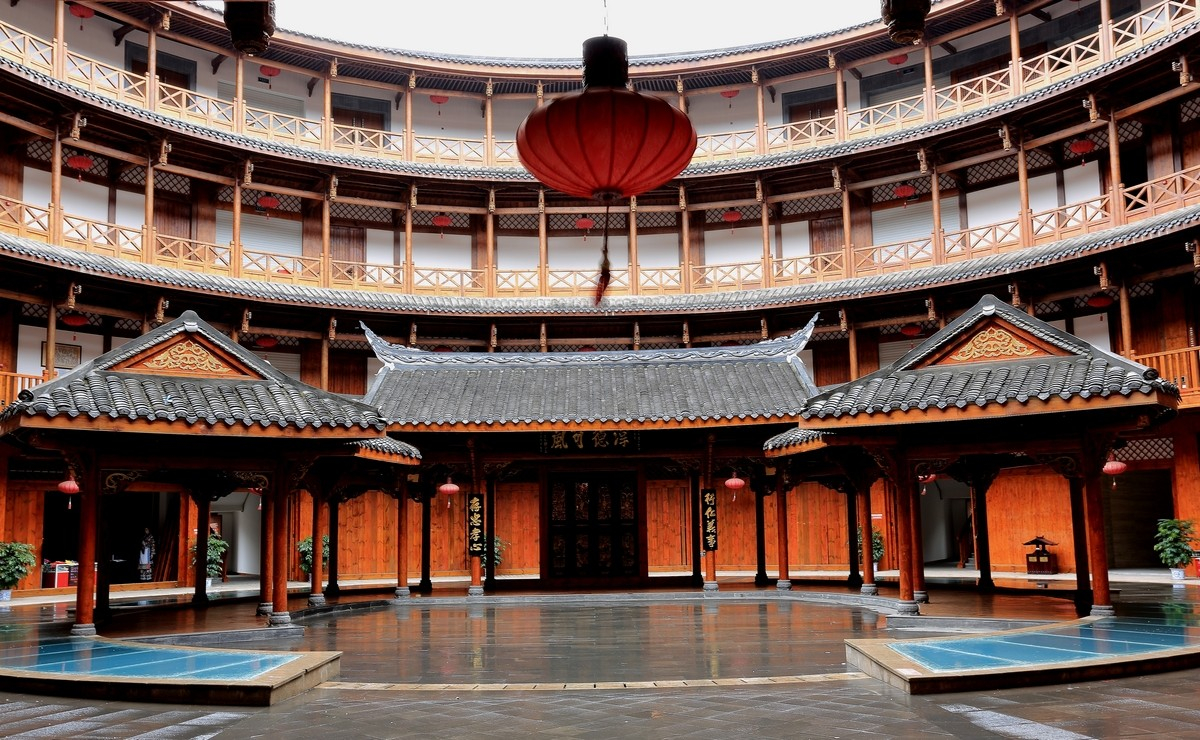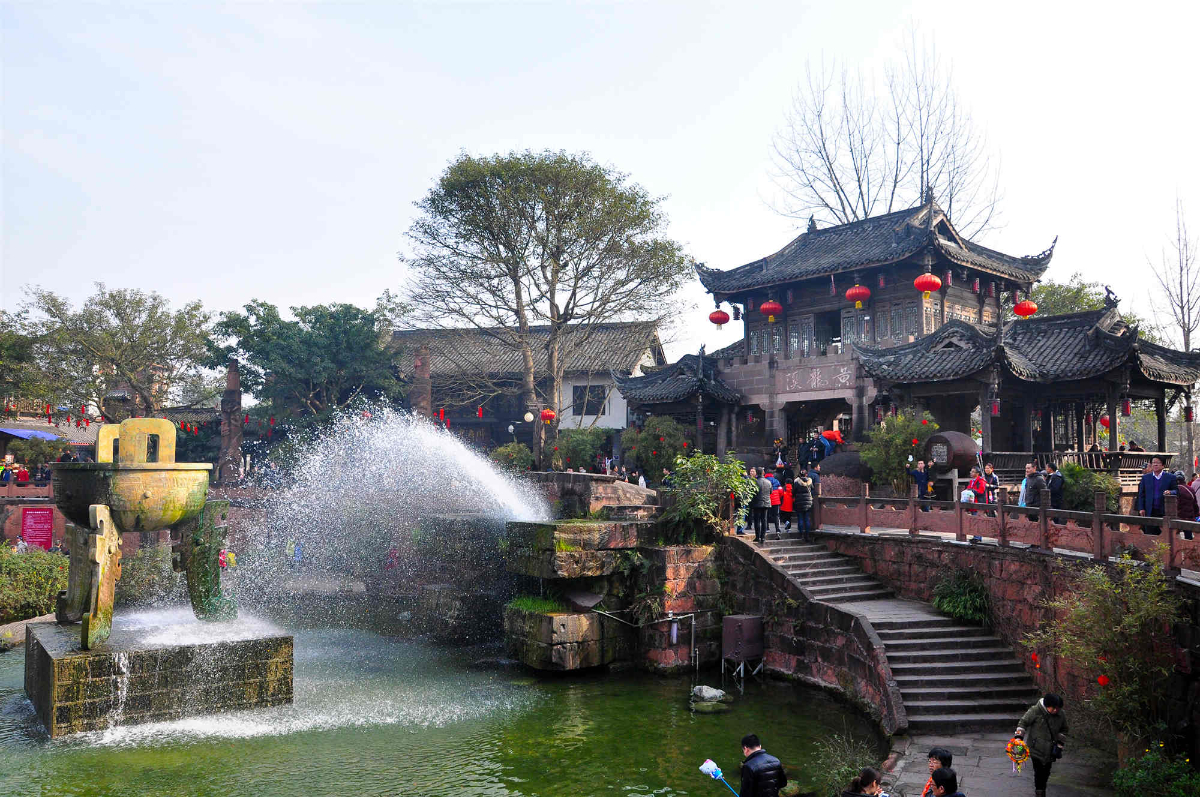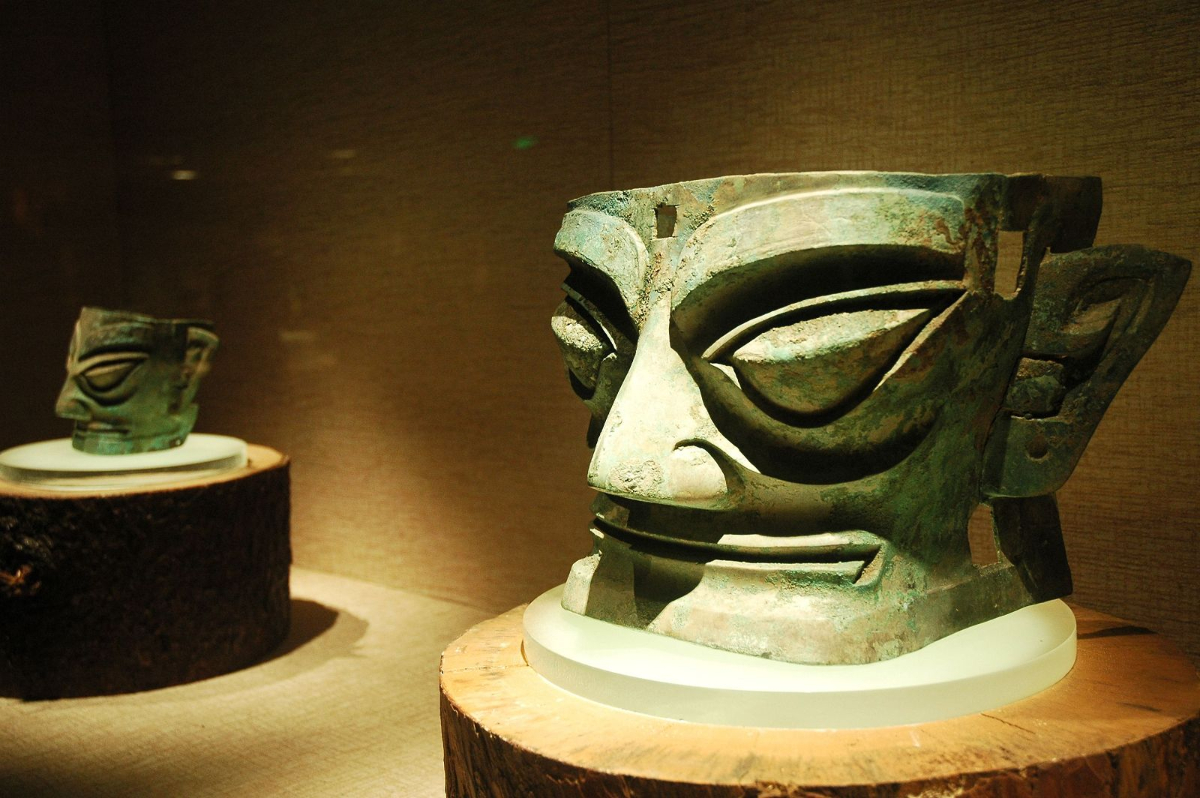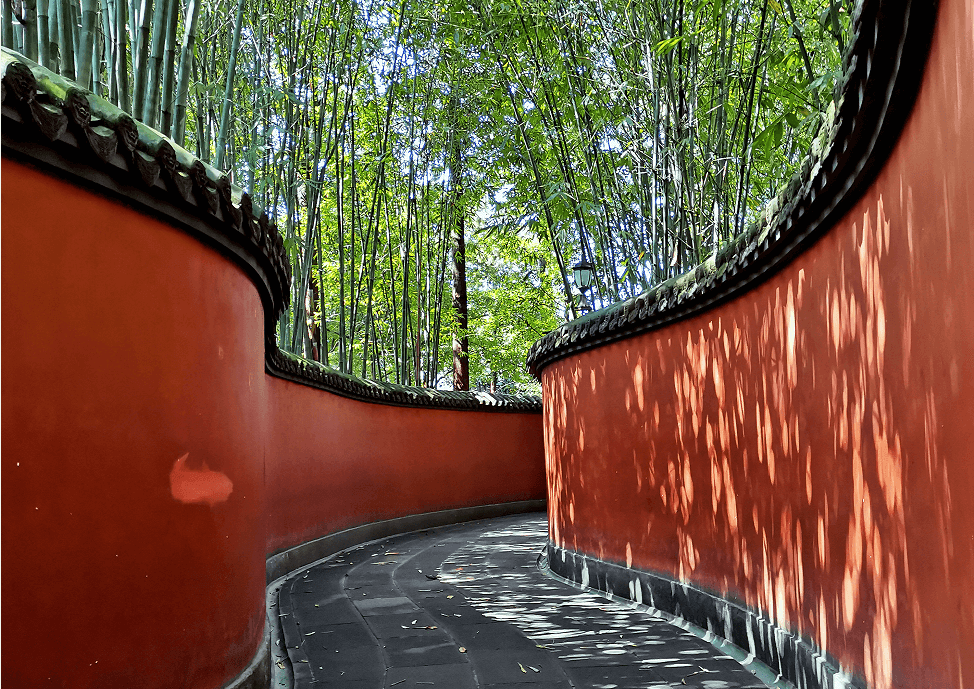Jiaju Tibetan Village
Jiaju Tibetan Village
Chinese Name: 甲居藏寨 (Jia Ju Zang Zhai)
Location: Jiaju Village, Danba County, Ganzi Tibetan Autonomous Prefecture, Sichuan Province
Ticket: Entrance ticket CNY50.00, sightseeing bus CNY30.00
Estimated tour time: 3-4 hours
Recommended time to visit: whole year
Nearby attractions: Zhonglu Tibetan Village, Suopo Blockhouses, Danba Beauty Valley,Dangling Village, Bamei Moshi Park etc.

Jiaju Tibetan Village is located in Danba County, Ganzi Prefecture, Sichuan Province. It is about 8 kilometers away from the county seat and 365 kilometers away from the capital city of Sichuan Province. The area is about 5 km². There are 149 Tibetan families. It is the most distinctive tourist attraction in Danba.
Jiaju means a hundred families in Tibetan. The Tibetan village extends from the Dajin River Valley to the foot of the Kapama Mountains. The whole village meanders along the rolling hills. On a hillside with a relative elevation difference of nearly a kilometer, Tibetan houses are scattered among the green trees. Either all over the place, or densely concentrated, or on high cliffs, or among the green banks of the river. From time to time, smoke curls from the kitchens, smoke and cloud fill the air. With the valley full of spirit, clear streams and snow-capped peaks, presenting pastoral paintings before people's eyes, in the form of a work of art. In the Beautuful China activity organized by China National Geographic magazine in 2005, Danba Tibetan Villages, represented by Jiaju Tibetan Village, was awarded the first of the Six Most Beautiful Ancient Villages and Towns in China.
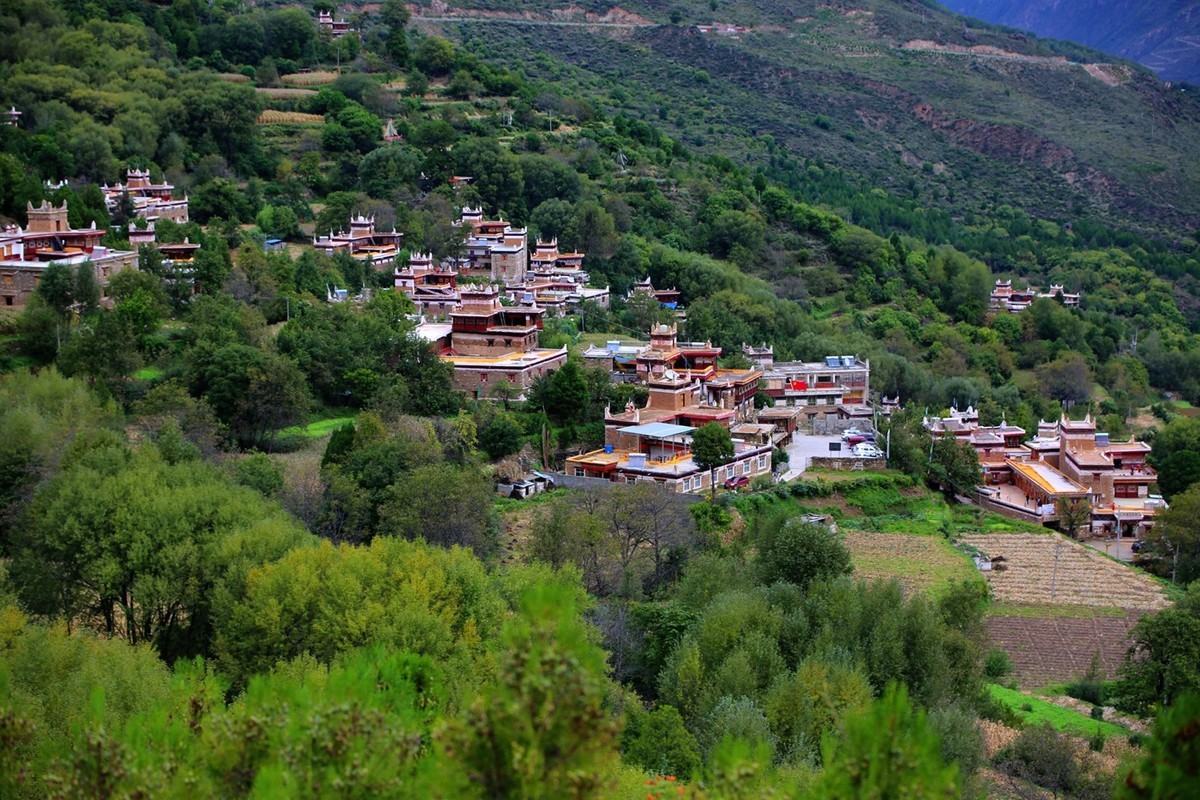
There are unique Tibetan houses in Jiaju Tibetan Village, one building for each family. It usually covers an area of about 200 square meters, more than 15 meters high with a stone and wood structure. The existing form of the houses completely preserved the basic features of Gyalrong dwellings, such as the use of original materials, original technology and the preservation of traditional and simple style.
With continuous development of history, some small changes have taken place, but these changes have not affected the traditional Tibetan style and charm.
- HOTEST
- RECOMMEND
